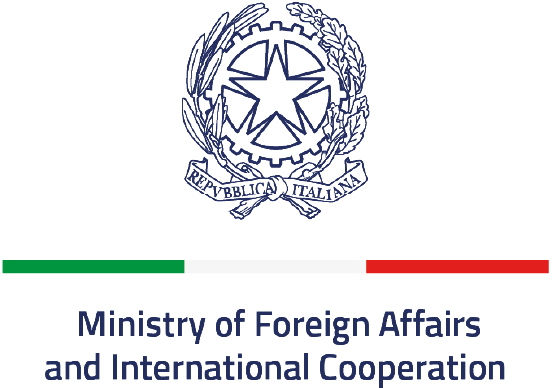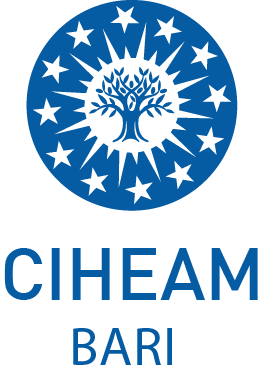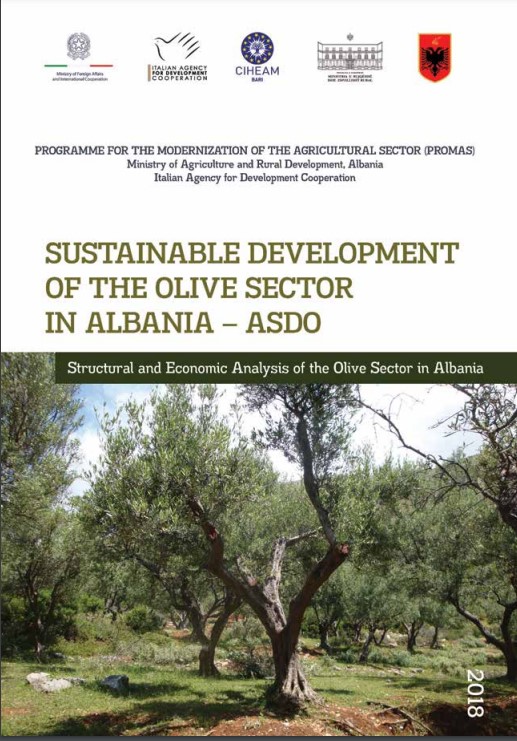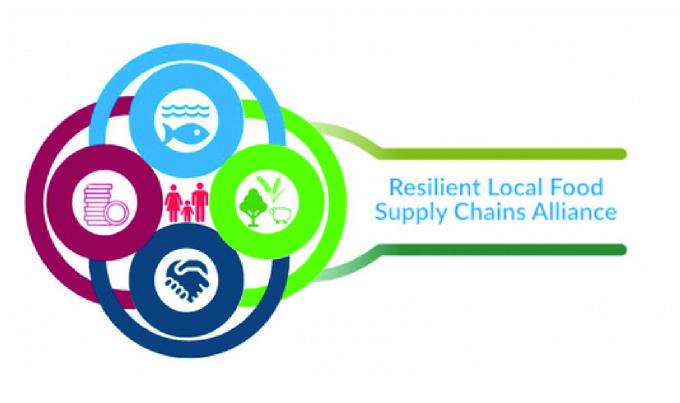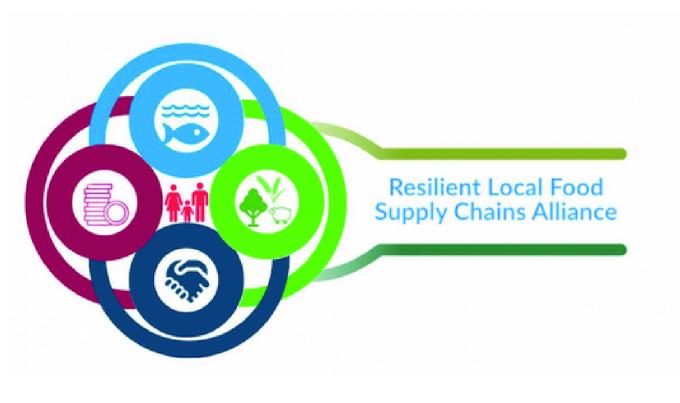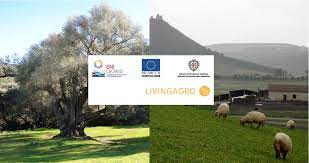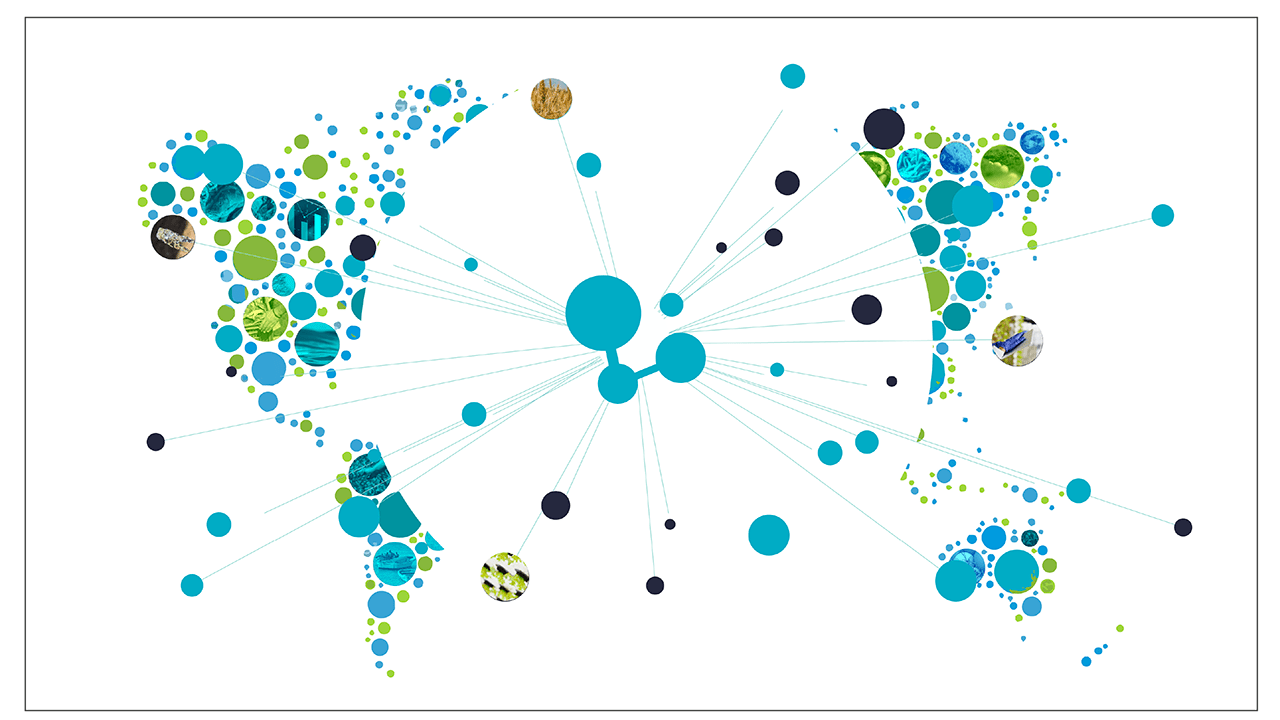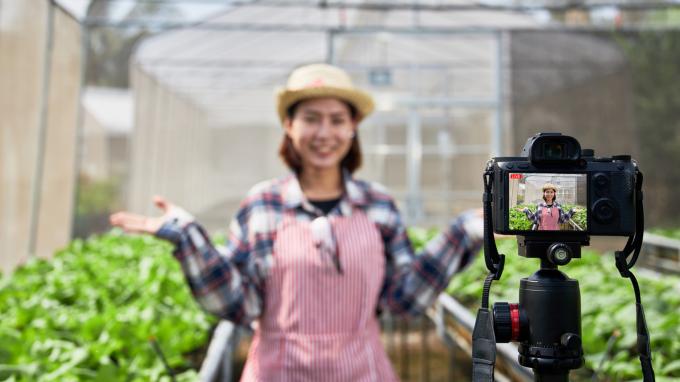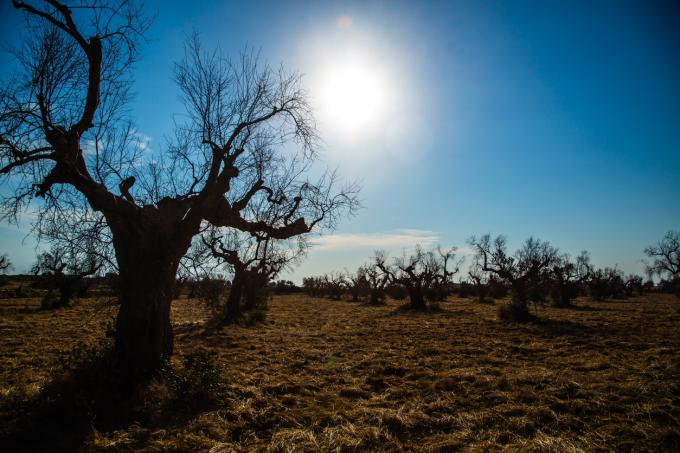Book
Sustainable development of the olive sector in Albania. ASDO. Structural and economic analysis of the olive sector in Albania
Year:
2019
Author:
Pugliese Patrizia, Cardone Gianluigi, Madzaric Suzana, Pasko Pandeli, Panajoti D.
You must be registered to see all the content
The olive sector in Albania, as a Mediterranean country, has a tradition of anciently of great socio-economic importance and strongly connected with employment and rural development in general. Also, he is very important in terms of international trade and rural tourism. However, compared to other Mediterranean countries, the olive sector in Albania is far behind, both in terms of the number of plants per inhabitant (about 3.5 compared to 4-10 plants per inhabitant in Italy, Spain and Greece) as well as related to yield per plant and for product quality in general. Based on a special and detailed study "Study of the current state of the olive sector and its prospects" (Ministry of Agriculture, Food and Consumer Protection, 2009), Govt Albania financed a large-scale support scheme (2007- 2013) with the aim of expanding the primary production base and increasing production quality. This initiative brought about a rapid increase in surface area of olive cultivation and the number of plants about 50%, and the growth of olive production about 43% in the period 2010-2016 (INSTAT, 2016), confirming a development trend of the sector, which arouses interest. quality of production, productivity, structure of cultivars, management i plant protection, profitability, land selection for new plantings, etc.). New plantings are entering full production capacity, but, except for a few successful olive farms, which produce olive oil of high quality (and which have won prestigious awards in Italy and the Mediterranean area), most of the olive cultivation areas is not managed at a satisfactory level due to many factors socio-economic and insufficient agricultural knowledge. So, the olive sector remains a challenge, which requires everyone's involvement interest groups and especially decision makers. Currently, the olive sector is not part of the main structure financial which supports the development of production and processing primary - IPARD II 2014-2020 (Pre-accession Assistance Instrument for Rural Development), but it is included in the framework of support of the Ministry of Agriculture and Rural Development (MARD) for agriculture in Albania and other investment schemes. Such it is also the initiative of the Government at the beginning of 2018 to promote 100 tourist villages, 60 of which are located in the olive area. yes also, until today in the olive sector, as well as in agriculture in general, many small local development projects are implemented. The presented analysis aims to provide a detailed overview of the sector and extensive information, taking into account the aspects structural and economic and is based mainly on the analysis SWOT conducted in collaboration with various interest groups and in the opinions of a significant number of the three main groups of employees in this sector: 403 producers, 56 seedling producers and 84 processors. This analysis can also serve as a prerequisite necessary for the extension of the IPARD II program in the olive sector or to access incentives and other sources of support financial. In the framework of this project, it was intended to work with a group of large number of interested persons to ensure multiple views and diverse and to obtain reliable results, with logical connection and importance. In addition to structural aspects and economic, the prepared study was completed with recommendations for fruitful development of this sector. The obtained results also give the possibility to compare the perception that the group of interested parties has with those that the employees have of the sector and with the current knowledge we have from the scientific literature and other literature sources. Better understanding of opinions and i to the needs of the group of interested parties, through this study, can help to overcome the limitations of the sector and increase the effectiveness of support programs aimed at development sustainable of all links of the production chain and olive processing in Albania.
Secondary Author:
DOI Link: https://doi.org/10.48259/bc1957b

